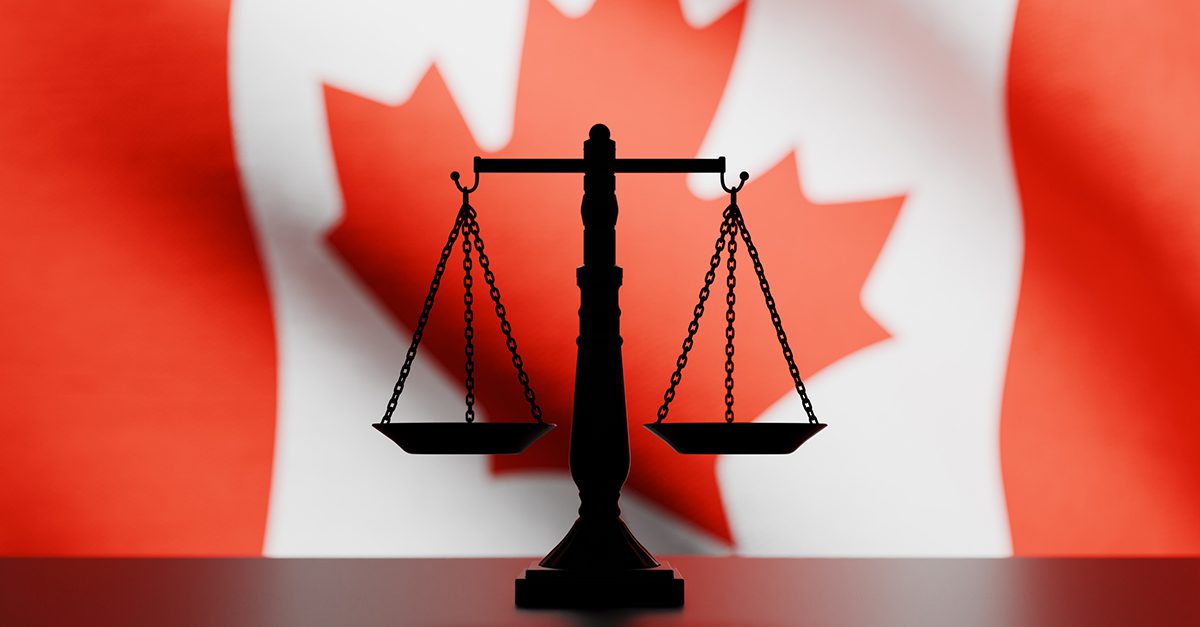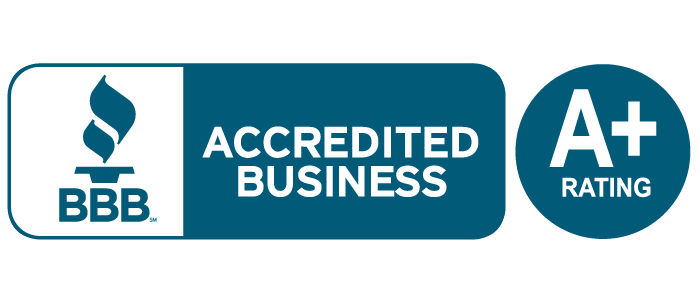
The Bankruptcy and Insolvency Act (BIA) is Canadian federal legislation governing bankruptcy, insolvency, and financial restructuring processes. It is designed to help Canadians who find themselves unable to repay their debts. The BIA outlines all the rules and procedures for filing insolvency in Canada while ensuring fairness to both debtors and creditors.
Table of Contents
Purpose and Scope of The BIA
The primary purpose of the Bankruptcy and Insolvency Act is to:
- Provide individuals who genuinely can’t pay their debts an opportunity for a fresh start.
- Ensure creditors are treated fairly by providing an organized way to collect outstanding debts.
The law helps strike a balance between protecting the rights of people who are overwhelmed by debt and ensuring creditors can fairly recover some of the money owed to them.
The BIA covers:
- Individuals facing personal financial hardship who are unable to repay their debts, offering solutions like personal bankruptcy and consumer proposals.
- Businesses that are experiencing financial difficulties and need structured methods, such as bankruptcy or business proposals, to either close operations or reorganize debts.
Insolvency Proceedings Available Under the BIA
There are 4 possible insolvency proceedings individuals or businesses can choose to deal with their debt.
1. Personal Bankruptcy: Personal bankruptcy is a legal process that eliminates eligible debts that were in place when the bankruptcy was filed. In exchange for the elimination of their debts, the bankrupt surrenders certain assets and, depending on their income, may make additional surplus income payments.
2. Consumer Proposal: A consumer proposal allows debtors to offer to repay creditors a percentage of what is owed through a structured payment plan.
3. Division I Proposal: Division I Proposals are typically used by individuals and businesses with higher debt levels (generally over $250,000) or more complex financial situations.
4. Business Bankruptcy: Provides structured liquidation of assets of a corporation to fairly repay creditors when reorganization isn’t feasible.
Companies Creditors Arrangement Act (CCAA) is another piece of federal legislation that enables financially troubled businesses to restructure themselves. In a CCAA restructuring, the debtor company remains in possession of its property and continues to conduct its business.
Roles Under the BIA (Stakeholders)
The BIA defines the roles and responsibilities of various stakeholders, including:
The Debtor: Someone who owes money to a creditor. In a bankruptcy, the debtor is known as insolvent since their liabilities exceed their assets and they don’t have the ability to pay their debts. The debtor files an assignment in bankruptcy or makes a proposal to their creditors.
The Bankrupt: When an insolvent individual files for bankruptcy, they are known as a bankrupt. A bankrupt person must make a full disclosure of all of their assets and debts to the LIT, inform the LIT of any property that was disposed of in the past few years; and give up all credit cards to the LIT.
The Creditors: People that the debtor owes money, goods, or services to. There are 3 types of creditors – secured creditors, preferred, and unsecured. Secured debts are not included in a bankruptcy or consumer proposal.
The Licensed Insolvency Trustee (LIT): Federally licensed professionals who administer bankruptcies and proposals, ensuring compliance and fairness.
Office of the Superintendent of Bankruptcy (OSB): Oversees the administration of the BIA, licenses trustees, and maintains public records of insolvency filings.
Courts: Oversees bankruptcy proceedings, handles disputes, approving proposals, and issues court order and discharge orders.
General Rules and Guidelines in the BIA
The BIA, and related bankruptcy rules and guidelines, outline the rights and responsibilities of debtors and creditors:
Treatment of Assets: A bankrupt must surrender assets owned at the time of bankruptcy for the benefit of creditors. The trustee proceeds to liquidate the property and distribute the proceeds to the creditors in accordance with the distribution priorities prescribed under the BIA.
Federal and provincial law outline which assets are exempt from seizure during a bankruptcy (e.g., personal belongings, certain home equity, retirement savings).
Surplus Income Rules: If your monthly income exceeds a government set surplus income limit determined by your household size, you may need to make additional payments to your creditors. Surplus income payments also extend the length of your bankruptcy.
Stay of Proceedings: When bankruptcy or a consumer proposal is filed, creditors must immediately stop collection activities, lawsuits, and wage garnishments. This legal protection is called a “stay of proceedings.”
Creditor Rights: Creditors have the right to be informed, participate in creditor meetings, vote on proposals, and receive their fair share of any available funds distributed through the bankruptcy or consumer proposal.
Duties of the Debtor: As a debtor, you must cooperate fully, honestly disclose all financial information, attend required financial counselling sessions, and comply with your trustee’s instructions during the bankruptcy or proposal process.
Important Procedural Items
The Act also sets out various procedural items in the administration of an insolvency proceeding:
Meetings: Meetings of creditors may be held and inspectors appointed. If a meeting is called, the bankrupt is required to attend. The job of an inspector is to examine and give direction to the LIT’s administration of the estate of the bankrupt.
Examination of Bankrupt: In certain situations, a bankrupt may be required to undergo an examination. This typically occurs if creditors, the trustee, or the Office of the Superintendent of Bankruptcy (OSB) have concerns or questions about the bankrupt’s financial affairs, property, or conduct.
Certificate of Discharge or Discharge Order: Once the bankruptcy procedure is completed (usually after nine months) the bankrupt will, in most cases, receive a Certificate of Discharge, which means all of the bankrupt’s debts, with certain exceptions, are wiped out. If a bankrupt is not eligible for automatic discharge, the bankrupt can receive an Absolute Order of Discharge issued by the court once all duties are completed. In a consumer proposal this is called a Certificate of Full Performance.
Proof of Claim: Each creditor must file a proof of claim with the trustee confirming how much debt is owing. It allows creditors to participate in the proceedings including filing a vote in a consumer proposal and receive any payments they’re entitled to from the debtor’s estate.
Voting: When you file a consumer proposal or a Division I proposal, your creditors have the right to vote on whether to accept or reject your offer. Each creditor votes based on the dollar value of the debt you owe them. Once accepted by the majority (over 50%), the proposal is binding on all creditors.
List of Key Bankruptcy Offences
The Bankruptcy and Insolvency Act lists several important offences:
Fraudulent Disposal or Concealment of Property: Hiding, selling, or transferring assets before or during bankruptcy to prevent creditors from benefiting.
Falsifying or Omitting Information: Providing false information, omitting debts, or assets intentionally when filing bankruptcy documents or when answering questions from your trustee or creditors.
Failure to Comply with Duties: Not attending required meetings, counselling sessions, or failing to provide requested financial information to your trustee.
Obtaining Credit Fraudulently: Obtaining credit without disclosing that you are bankrupt or providing misleading information to obtain credit during your bankruptcy.
Refusing or Neglecting to Answer Questions: Refusing to answer or deliberately misleading during examinations or trustee inquiries.
Committing these offences can lead to delays in your bankruptcy discharge, court-imposed penalties or conditions, and possible fines or even criminal charges depending on the severity.
Find a Licensed Insolvency Trustee
Hoyes, Michalos & Associates Inc. is an Ontario Licensed Insolvency Trustee with many years of experience. We appreciate that learning about all the aspects of the BIA can seem a bit overwhelming, but we are here to help you. if you are experiencing financial difficulties and are unable to pay your debts, contact us for a consultation on the debt relief options available to you.





